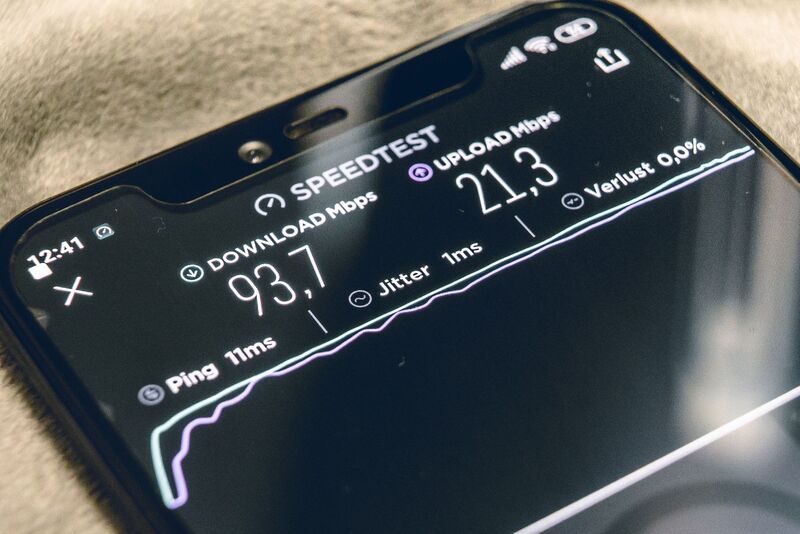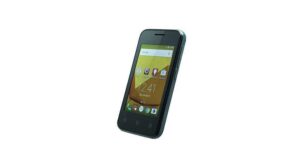Welcome to the future! As we enter 2021, we’re now securely in the next millennium. The world is also coming hot off the events of 2020, which forced us to adopt digital technologies much faster and more broadly than anyone expected. A year ago, did you think your boss would ever let you work from home? It’s a new era for business technologies, which are coming of age fast and furiously.
Virtual reality
Virtual reality (VR) hasn’t lived up to its potential, but that’s mostly the fault of all the hype. In the background, companies such as Facebook and HTC are improving VR headsets and services to the point that you can now wear VR without wires connected to a PC. In some cases, you don’t even need the PC – the headset alone can do the job.
These advances may help change how people feel about these devices, which have been very clunky and expensive. VR headsets are still pricey, although prices have come down. But with much of the VR action focused on gaming, what about business?
Here are the most positive signs for the technology in offices, especially virtual offices: During 2020, more workers started joining meetings on sites such as Mozilla Hubs, Spatial and AltspaceVR. Some argue these are vastly superior to video conferences. That might be true and could spur on more VR in the office.
But expect VR to be restricted to specialist teams or specific tasks, such as site orientation. The headsets are still expensive, and wearing one for long periods is uncomfortable. Still, companies are using VR. The new question for 2021 is: what will they do with it?
Augmented reality
Augmented reality (AR) is still often confused with VR, something the AR industry doesn’t discourage as it can hitch its wagon to VR hype. But they are very different. VR is an entirely new reality, whereas AR overlays digital elements on the real world. In VR, you might have a virtual desk. With AR, you have your normal desk but with many digital things floating over it.
AR sounds easier to make or adopt than VR, yet the opposite is true. Factors such as good user interfaces and field of vision have held AR back, not to mention the staggering cost of some headsets. Smartphones are also stealing AR’s thunder because it’s much easier and cheaper to do AR on a phone app than on a specially designed headset (for example, Pokemon Go).

We might be expecting digital glasses on our desks any day, but the AR industry still has to evolve and grow a lot for that to become a reality. It’s managed to make numerous breakthroughs in 2020, including easier 3D scanning to help build AR interactions. And AR is making its mark on smartphones. But the complete AR experience in business, outside of a few limited examples, won’t happen this year.
5G
For years we’ve heard of 5G’s amazing speeds, and in 2019 the first 5G networks started appearing locally. Even though much of the initial hype focused on 5G for smartphones and similar devices, the real action is starting to develop in the fixed-connection space – namely, a 5G modem installed in a specific spot. This enables households who can’t access fibre to still have reliable high-speed internet.

Currently, 5G is mostly available in South Africa’s major cities, but that could change after March 2021. In late March, the South African State will auction off 5G spectrum to the major networks, opening the doors for more internet traffic, lower mobile data prices, and greater access to 5G as well as higher-speed 4G/LTE across South Africa. The government aims to have 5G policy ready by year-end, so expect considerable 5G activity during 2021.
Tying to this is the long-awaited switch to digital television, which will open up valuable spectrum for mobile data. Though the switch-over has been delayed for a long time, it might finally happen in 2021 – as per a performance benchmark set by President Cyril Ramaphosa. If that takes place, not only 5G, but mobile broadband as a whole will become faster and cheaper.
Automation
It’s amazing how a single word can have many different meanings. Okay, yes, automation has one meaning – to do tasks automatically without a human. But it has vast applications. For example, when your car fills with fuel, and you hear the pump handle click as it reaches the required level and stops pouring – that’s automation.
Add some digital technology, and you have automation on steroids. A leading example is Robotic Process Automation (RPA): software trained to do manual human tasks on a computer. The software observes you doing something – perhaps copying fields from one spreadsheet into another – and can then replicate those actions.
Automation is already everywhere. An estimated 31% of companies have already fully automated one function in their operations. The year 2019 was a bumper one for automation (especially RPA), yet 2020 took things to another level. Your company is likely already automating some digital functions (and if it isn’t, it might not be around for much longer). So it’s a bit moot calling automation a 2021 trend – it’s already well beyond that!
The bigger problem comes back to the original statement: automation can mean a lot of things. For example, RPA is not the same as Business Process Automation. Some types of automation are very straightforward, while others are incredibly complex. Some don’t need intelligence, while other types of automation rely heavily on artificial intelligence, especially machine learning.
It might be necessary for businesses to rewrite their rule book. Otherwise, all that automation effort is wasted. This problem will be 2021’s to tackle.
Managed services
Why own when you can rent? This is bad advice in the world of real estate, but very useful if you’re running a cost-conscious business. Renting solves many problems: you don’t have to worry about maintenance, you don’t have to keep trying to get value out of something long after it’s stopped being effective, and you can change what you need when you want, instead of paying a lot to replace something that hasn’t yet paid for itself.
In the digital technology world, this is called managed services. Though often confused with outsourcing, managed services are different because they can cover critical internal business services, such as security, servers or networking. Breakthroughs such as the cloud have made it much easier to offer more and improved managed services, to the point that a business hardly has to own any technology.
Managed services have taken off over the past few years, but 2020 was a watershed for many reasons. This year will see much more adoption as companies cut costs and up their digital security. It may not be nearly as sexy as some other trends mentioned here, but managed service adoption will likely be the leading business technology trend of 2021.
Vodacom Business
To move forward, finding the best strategic business partner is vital, especially if your business has limited experience in a specific area, such as technology. Vodacom Business’ innovative digital solutions take into account best-in-class digital platforms, tools, applications and services as well as Vodacom’s world-class network to ensure a successful digital transformation journey



